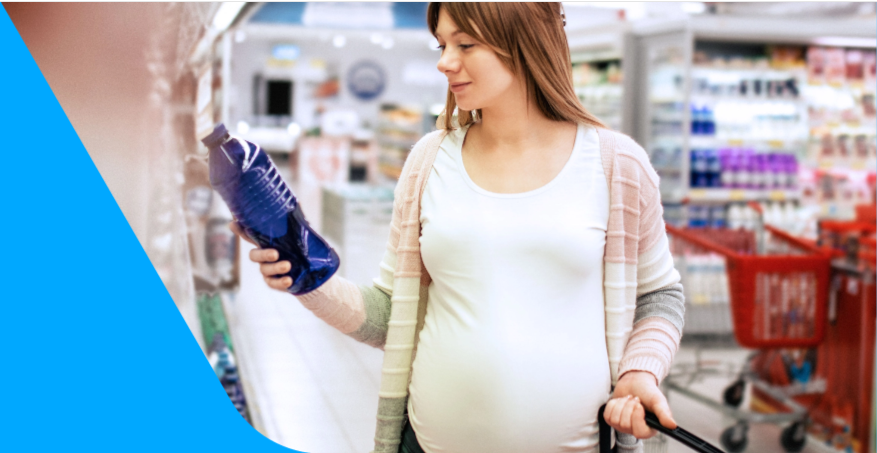Trying to get your toddler to eat a balanced diet can be challenging, to put it politely. But with a little patience and creativity from you, eating healthy can be a lot of fun.
While calorie amounts vary by child, a meal plan filled with whole grains, fruits and veggies, calcium-rich foods and lean protein sources, is standard issue. So is limiting added sugar and salt. Try these mom-tested tips to help make "good" and "good for you" feel like the same thing to your toddler:
Easily-Mashable Foods
- Oatmeal (fibre, carbohydrate)
- Banana (potassium)
- Avocado (fibre, potassium, vitamin C)
- Roasted sweet potato (Vitamin A, potassium)
- Strawberries (Vitamin C, potassium, fibre, antioxidants)
Frozen Foods
- Pay special attention that the size of the frozen morsel is large enough to not present a choking hazard
- Homemade juice pops made from 100% fruit or vegetable juice (ice cubes in a sippy cup are generally well-received)
- Low fat frozen yogurt (calcium)
- Blueberry smoothie made with yogurt and frozen blueberries (calcium, antioxidants, Vitamin C)
Foods to Slurp
- Whole wheat spaghetti (magnesium, fibre)
- Soup (room temperature) through a straw
- Tomato soup (Vitamin C, potassium, copper)
- Chicken noodle soup (selenium, protein)
Foods to Dip
- A favourite among most toddlers
- Fruit pieces in low fat vanilla yogurt (protein, calcium, riboflavin)
- Carrot sticks (thinly sliced) in hummus (Vitamin A, fibre, calcium, zinc)
- Cooked broccoli trees in low fat plain yogurt (calcium, potassium, Vitamin C)
- Cooked snowpeas in low-fat ranch dressing (protein, manganese, potassium)
Finger Foods
- Peas (chromium, fibre, magnesium)
- Whole grain "O"-shaped cereal (calcium, thiamin, riboflavin, niacin, folate)
- Cooked chickpeas (folate, fibre, protein)
- Cooked carrot coins (Vitamin A)
- Turkey meatballs (protein)
Sticks
- Open-faced toasted cheese on whole wheat bread cut into sticks (protein, calcium, fibre, riboflavin)
- Cheese sticks (protein, calcium)
- Carrot sticks (thinly sliced) (Vitamin A)
- Fish sticks – baked, not fried (protein)
Easily-Mashable Foods
- Oatmeal (fibre, carbohydrate)
- Banana (potassium)
- Avocado (fibre, potassium, vitamin C)
- Roasted sweet potato (Vitamin A, potassium)
- Strawberries (Vitamin C, potassium, fibre, antioxidants)
Edible Artwork
- Veggie faces
- Spinach hair (Vitamin A, Vitamin C, folate, magnesium)
- Carrot nose (thinly sliced) (Vitamin A)
- Cooked black bean eyes (iron, protein)
- Cooked chick pea teeth (manganese, folate, fibre, protein)
- Encourage your toddler to create his own
Tips:
- Use fun shapes.
- Cookie cutters, melon ballers, pizza cutters and measuring cups are all tools you already have on hand.
- Use silly containers.
- Toddlers find food so much more appealing if it's served up in a (new) flowerpot or on a fun plate. Be creative.








